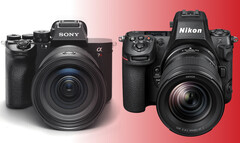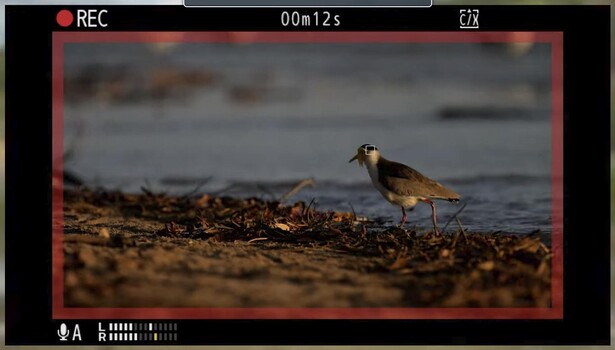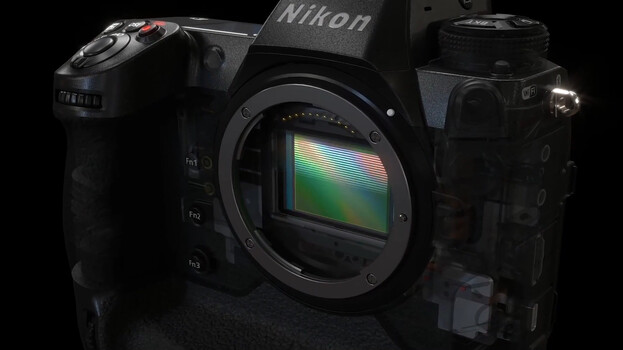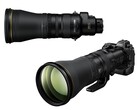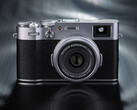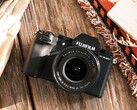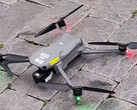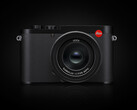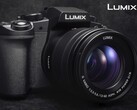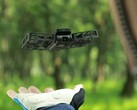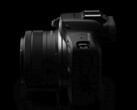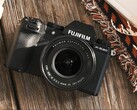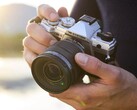1. The Nikon Z8 is more sensitive than the Sony A7R V
Not only does the Nikon Z8 feature a lower native ISO of 64 compared to the Sony A7R V's 100 ISO, it also has a maximum shutter speed of 900 seconds, compared to the A7R V's 30 seconds. The Nikon also has fewer pixels packed into its 35 mm sensor, meaning each pixel is bigger, resulting in less noise and more light gathering capability.
A lower native ISO can be a boon in all sorts of situations — from better dynamic range to an easier time shooting with slower shutter speeds in brighter conditions — while a longer shutter speed means astrophotography and light painting are a lot more convenient.
2. Image resolution
As mentioned, the Nikon Z8's sensor has fewer pixels than the one found in the Sony A7R V — 45.7 MP compared to 61 MP, to be precise. This might not seem like an immense difference, but it could mean the difference between being able to digitally recompose an image exactly how you want it and not quite having that reach.
On the other hand, the Z8's lower resolution does have some advantages. Notably, a higher megapixel count generally goes hand-in-hand with increased rolling shutter, and things have played out pretty predictably in this regard. While reviews have shown that there is significant rolling shutter in the Sony's 8K and oversampled 4K video, few have found the Nikon Z8's rolling shutter to be intrusive in any significant way. This is largely due to the combination of the stacked sensor and the more reasonable resolution of the Nikon.
3. The Nikon Z8 impresses with video features
While the Nikon Z8 has a significant leg up over the Sony A7R V when it comes to video — thanks to the fast shutter readout and minimal rolling shutter — the Sony does also have a few tricks up its sleeve when it comes to video.
Primarily, the Sony A7R V can record in 16-bit when recording externally, as opposed to the Nikon's maximum 12-bit external recording. The Nikon Z8 also has a 90-minute recording limit on video, while the Sony only has a recording limit when you get into 8K video.
The Nikon Z8, though, is capable of recording 4K video at 120 FPS to capture high-speed action in high quality, while the Sony is limited to 60 FPS in all but 1080p. The Z8 also doesn't force any crop while recording video in any resolution or frame rate. The Sony, on the other hand, imposes a 1.24x crop at 8K and 4K 60 FPS.
4. Sony's autofocus is class-leading, but the Z8 shoots insanely fast
One of the Nikon Z8's most contentious features is the lack of a mechanical shutter, but it is also where the Nikon Z8 pulls ahead of the Sony A7R V. Because the Z8's readout speed is high enough that a mechanical shutter isn't needed, it can manage a 20 FPS RAW burst shooting speed — twice that of the A7R V. The Nikon pulls further ahead in JPEG-only burst shooting, with a burst rate of 30 FPS.
The frame buffer on the Nikon is also ahead of the Sony's, with 1000 frames in RAW at 20 FPS, compared to 583 frames on the Sony. It's important to note that when you inevitably chew through the buffer, the write-speed advantage of the A7R V's dual CFExpress cards — versus the Nikon Z8's single CFExpress and single SDcard combo — are going to be a huge benefit, since the buffer will clear out faster.
A high burst speed and excellent video chops are both worthy features to have, but it doesn't matter if the autofocus system can't keep up. While the Nikon Z8's AF system is certainly capable, it's been noted in some reviews that it tends to underperform slightly in low-light situations. In brightly-lit conditions, though, the Nikon edges out the A7R V, especially for wildlife, sports, and aircraft photography.




